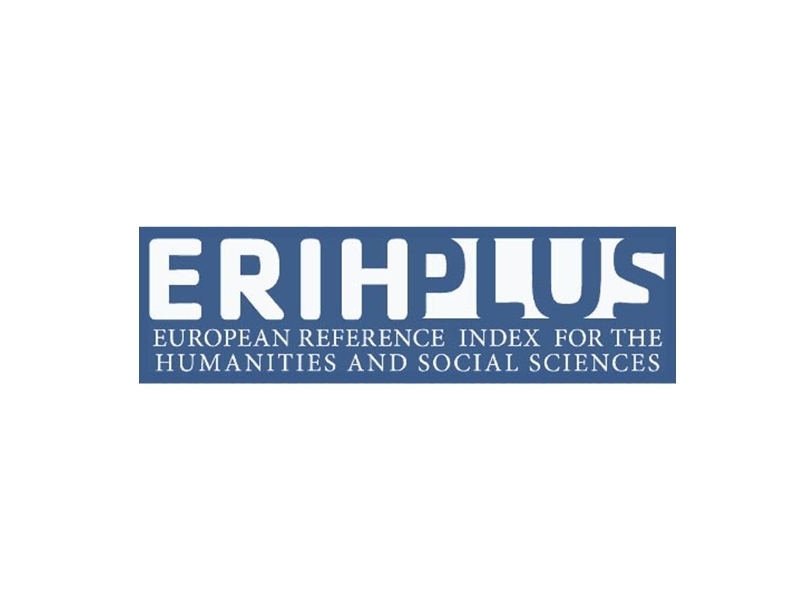New issue of Stasis is out: #2, 2016, Art, Politics, Ideology: A Problematic Triangle
In contemporary debates within philosophy, as much as in the arts, it seems impossible not to con rm the assumption that art is political. Art is one of the contemporary battle elds or resources, media, or whatever term one privileges for political action or articulation. One might even go as far as noting that art as a speci c material form of practice often intervenes in the social and political sphere. One attributes to art a sovereignty of re ection, distortion, impact that no other practice—including politics—is ever able to attain. Art seems to be the better form of political action, simply because it is politics without what is problematic in politics (questions of hierarchy, power, exclusion, violence, etc.). Such descriptions often function as a kind of plea for an artistic politics against a "political politics," and they often, if not always, are constructed from what seems to be evident, namely that art is political. Yet, one can raise the question as to whether the very evidence of the art's political dimension is not rather an expression of a problem. For evidences are, as one knows at least since Plato, never simple and pure evidences. Rather it is precisely that which seems evident that one should investigate, as it can be the very reason why the true problem does not come into sight. In this very sense, the evidence of art's inherent politicality might also be conceived of as being an ideological expression, as something like a cover up, for what is really at stake. One might, as some have argued, need to again free art from politics to be able to articulate their respective contemporary relevance, speci city, and modalities. Yet, this might be seen as just another ideological gesture, as a gesture of ideologically struggling on the eld, neither only of art nor only of politics, but precisely of their relation. What the articles by Robert Pfaller, Ray Brassier, Frank Ruda, Michaela Wünsch, and Oxana Timofeeva, gathered here, in one way or the other, do, is to seek to redefine the relation of politics and art, either by addressing both or by addressing one of these terms, as part of an ideological struggle for clarity.








